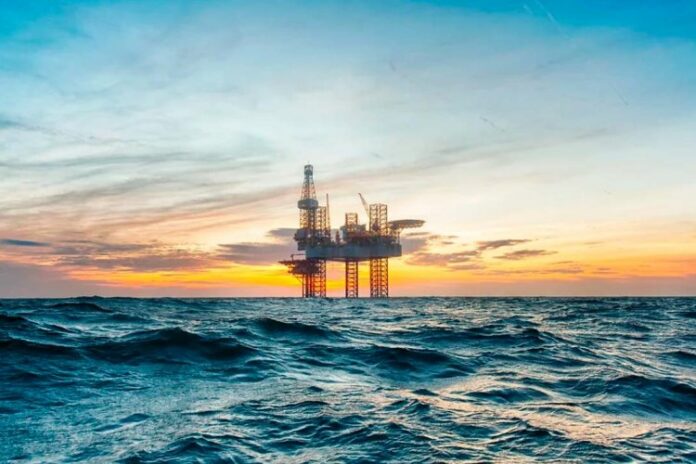On Wednesday, 8 March, HRH Crown Prince Frederik of Denmark officially opened the underground storage of CO2 in Denmark, following speeches by such figures as Lars Aagaard, Denmark’s Minister for Climate, Energy and Utilities, and Ursula von der Leyen, President of the European Commission. Later in the day, representatives from DNV, the independent energy expert and assurance provider, appeared onstage at the First Carbon Storage event in Esbjerg to present the Statement of Conformity to Project Greensand.
The presentation of this framed safety verification follows years of involvement by DNV of the entire value chain’s concept, design, components, underground sites and facilities. DNV has also analysed all safety aspects of Project Greensand’s pilot phase.
Mick Cramer Jakobsen, Regional Head of Customer Relations for DNV and project director for the safety verification, reports:
“Our safety verification of Project Greensand’s entire pilot phase clearly shows that the project is fit for purpose, safe and compliant with all relevant Danish and international regulations and the highest standards. Naturally, it will be advantageous to have the safety verification already in place before the next phase of Project Greensand commences.”
The safety verification covers everything from the fabrication by the individual subcontractors to the actual offshore installation. It was received with pride by the partners behind Project Greensand.
With the safety of the pilot phase verified, Project Greensand is now able to continue working along the same lines to fulfil its ambition to store up to 1.5 million tonnes of CO2 per year in 2025/2026, and potentially up to 8 million tonnes of CO2 per year by 2030. Project Greensand complies with the Offshore Safety Directive, which sets the highest safety standards in connection with the storage of CO2 in the North Sea, just as it does with oil and gas activities.
Mads Gade explains:
“Exceptionally strict requirements have been set for the safety procedures for operations in the North Sea – for instance, through the Offshore Safety Directive. The safety requirements for CO2 storage onshore are not quite so stringent, but despite the many safety procedures we see these strict requirements as a great asset. The Offshore Safety Directive and other complex laws and regulations mean that our work in the North Sea is protected by both belt and braces. Along with the safety verification from DNV, we have a solution that has already been tested and shown to be safe and effective, and we should continue this going forward when Denmark’s CCS market is to be scaled up further in the future.”
DNV’s work in connection with Project Greensand has involved extensive analyses of plans, the suitability of the underground sites, and the practicability of the storage and designs, along with DNV’s physical presence during a stress test of the individual sub-elements and approval of the connection and installation of offshore systems throughout the value chain and across national borders.



